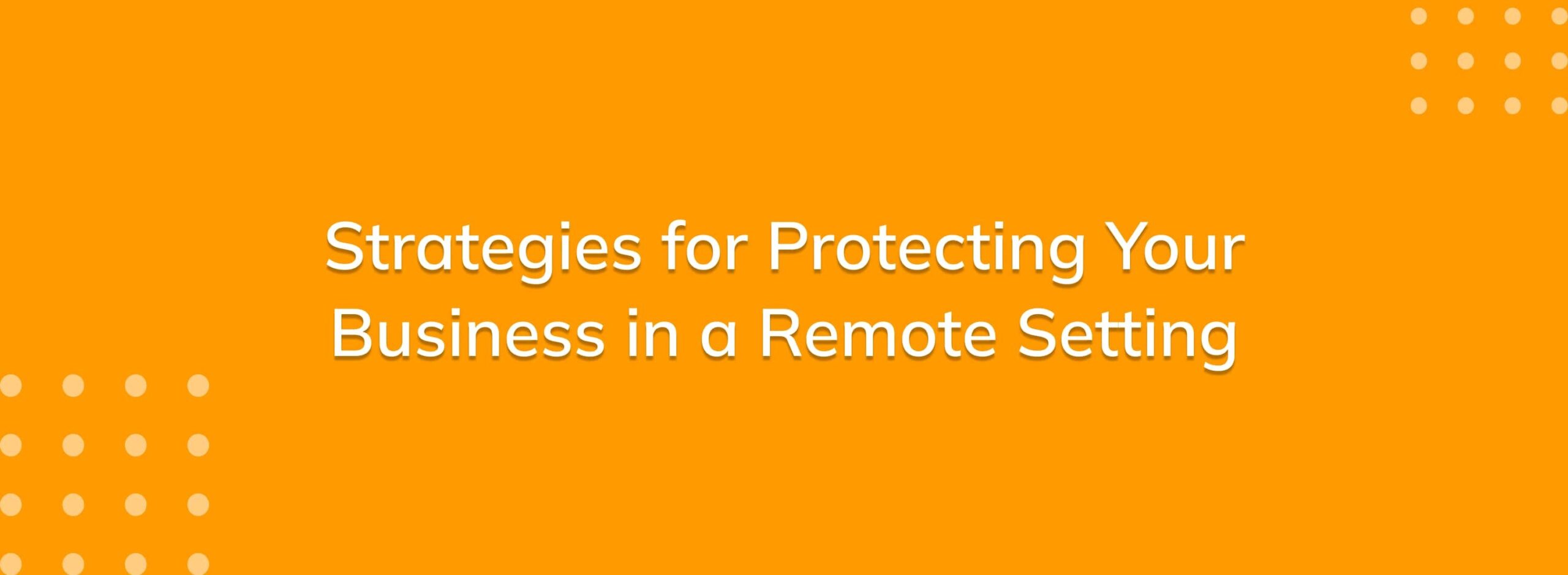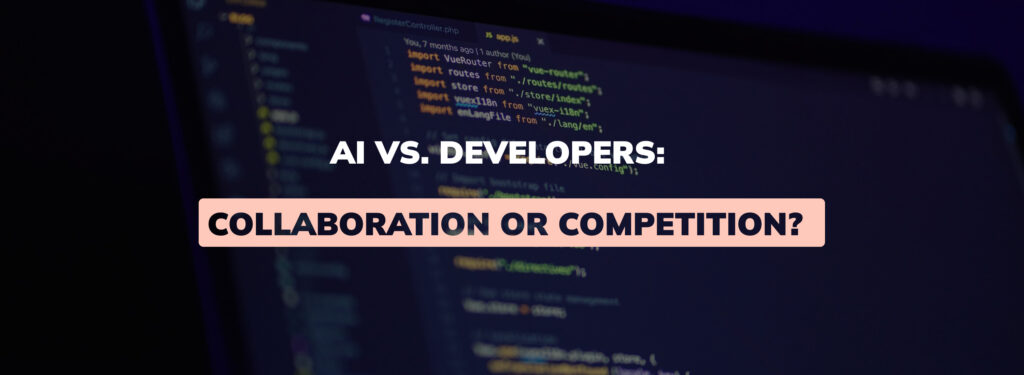The trend of remote work is transforming. Working remotely has completely changed how organizations run and are becoming increasingly popular with both employers and employees. However, this increased flexibility also brings in a special set of security issues that needs to be taken seriously. Prioritizing the safety of sensitive data, confidential information, and digital assets is essential as remote work becomes the standard for several companies.
In this blog post, we’ll explore the key strategies that protect your company while working remotely, ensuring everyone working for you is in a safe and effective atmosphere.
5 Strategies to Protect Your Business
1. Establishing a Secure Remote Work Infrastructure
Businesses may confidently embrace the advantages of remote work while protecting their priceless assets by providing priority to the construction of a secure remote work infrastructure.
a. Virtual Private Networks (VPNs)
The use of VPNs is one of the essential tactics for establishing a secure remote work environment. They guarantee that transmitted data is private and shielded from prying eyes by encrypting the connection between employee devices and the corporate network.
b. Secure Cloud-based Solutions
Using secure cloud-based solutions offers a dependable and expandable platform for storing and retrieving business data. End-to-end encryption is implemented for communication channels, such as messaging platforms and video conferencing applications, to further improve security and shield private discussions from unauthorized access. Strong authentication measures like multi-factor authentication (MFA) and access controls should be easy to use to strengthen the remote work infrastructure.
2. Implementing Robust Endpoint Security
Businesses may strengthen their remote work environments, reduce the risk of security breaches, and protect critical data by installing robust endpoint security measures. A culture of cybersecurity is created when proactive measures are combined with employee education, making it more difficult for cybercriminals to exploit vulnerabilities and ensure the overall security of the remote work ecosystem.
a. Regular Software Updates
Making sure all devices receive frequent software updates is one of the essential tactics. Updates frequently contain vital security fixes that fix well-known flaws and lower the likelihood of exploitation.
b. Endpoint Security Software
Deploying endpoint security software can additionally add a layer of protection against malware, ransomware, and other harmful threats. These solutions actively track suspicious activity and block it, protecting sensitive information and limiting illegal access.
c. Enforce Strong Password Policies
Another vital element of endpoint security is the enforcement of strong password regulations. Encourage staff to use complex and unique passwords, and adopt password management solutions, to protect against brute force attacks and unlawful access.
3. Educating and Empowering Remote Employees
To maintain a strong security posture in a remote work environment, it is essential to educate and empower staff on security best practices. Remote workers must be aware of the threats they can run across as well as their responsibility for protecting sensitive data. Safe internet practices should be one of your main priorities. Employers can reduce the risk of malware infections and data breaches by advising staff to utilize secure and reliable websites, refrain from clicking on dubious links or downloading unauthorized files, and exercise caution while using public Wi-Fi networks.
Regular training sessions and continuing communication are required to keep remote staff up to date on the newest security threats and best practices. Employees will have access to the information they need to make informed decisions and serve as the first line of defense against cyber risks if resources like security guidelines, policies, and educational materials are made available to them. It promotes a culture of security awareness and serves to safeguard both individual and corporate interests to give employees the freedom and responsibility to be proactive and attentive in seeing and reporting security incidents.
4. Implementing Data Security Measures
Businesses can reduce the risks associated with remote work and ensure the confidentiality, integrity, and accessibility of sensitive information by imposing data protection procedures. This safeguards the company against potential data breaches and gives clients and stakeholders faith in the firm’s dedication to data security and privacy.
a. Data Encryption
Data encryption is one of the most important tactics in this situation. Businesses can be sure that even if unauthorized individuals obtain access to the data, they won’t be able to decode its contents by encrypting the data both at rest and in transit.
b. Regular data backups
Backups of data are required regularly to protect against data loss or system failure. Remote workers should be encouraged to frequently back up their work using either cloud-based backup services or external storage devices. This ensures that essential data stays intact and accessible even in the event of unforeseen situations.
c. Classify and Label Sensitive Data
Highly confidential information must be categorized and labeled to further improve data protection. Businesses can implement the best security measures based on the sensitivity level of the sensitive information by identifying and classifying sensitive information. This entails limiting access and putting data loss prevention (DLP) tools in place while maintaining an eye on data consumption and transfers.
5. Monitoring and Responding to Security Incidents
With people working from various locations and remotely accessing corporate networks, it is critical to recognize and respond to security events as soon as possible. The usage of Security Information and Event Management (SIEM) systems is one efficient method for keeping track of security occurrences. Businesses can identify suspicious actions and potential security breaches thanks to SIEM solutions, which gather and analyze data from numerous sources. Organizations can deploy SIEM systems to increase network visibility in real-time, spot anomalies, and take preemptive measures against potential threats.
When it comes to dealing with security incidents in a remote work environment, quick action is essential. Security incidents must be quickly identified, contained, and remedied to reduce possible harm. Companies can quickly respond to crises, minimize risks, and restore normal operations by having the necessary tools, well-defined processes, and a professional incident response team in place.
In conclusion, protecting your company in a remote working environment necessitates a multifaceted strategy that includes a secure infrastructure, endpoint security, data protection, proactive monitoring, and continual training. You can protect your company’s sensitive data, ensure business continuity, and inspire trust in your remote workforce by implementing these strategies into practice and adjusting to the changing environment. Remember that cybersecurity is a continuous effort that must be prioritized to survive in the remote work era.







